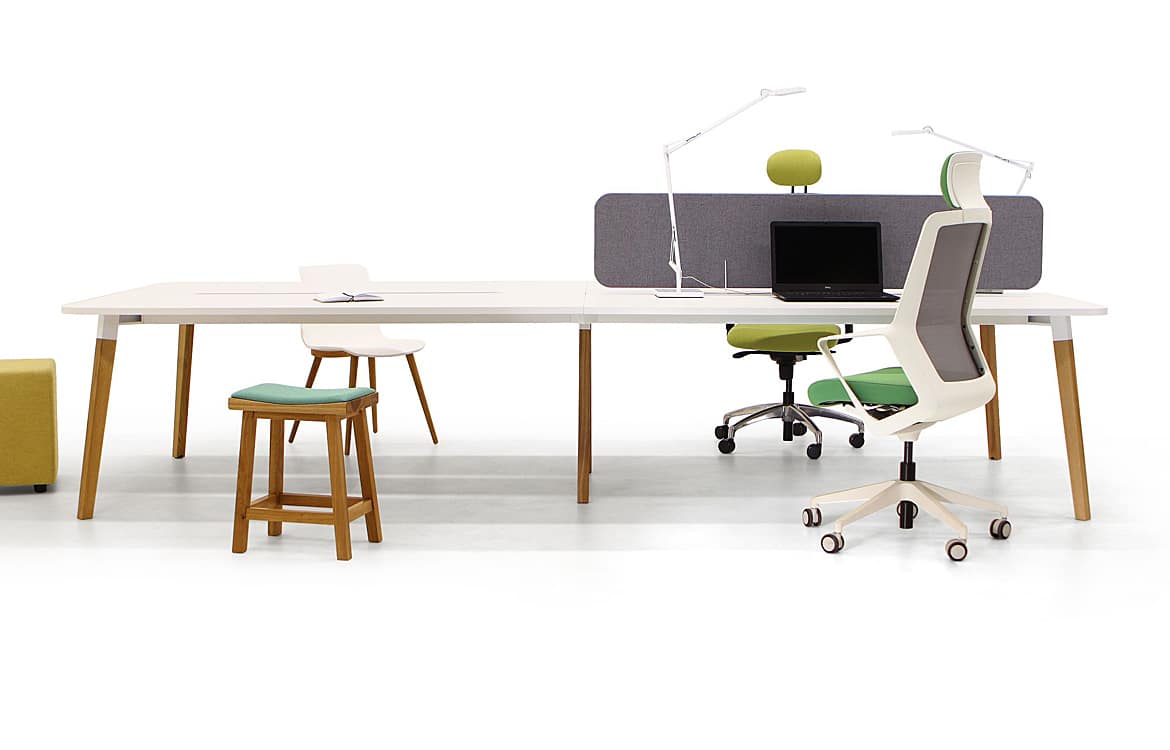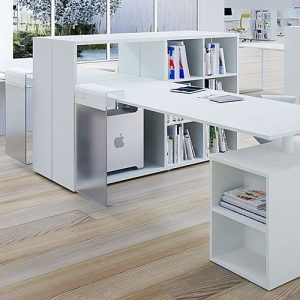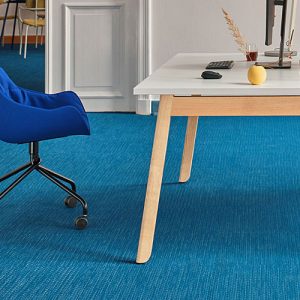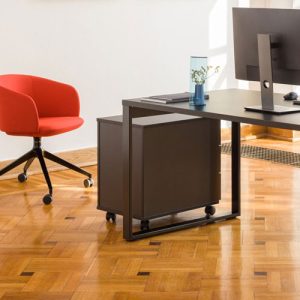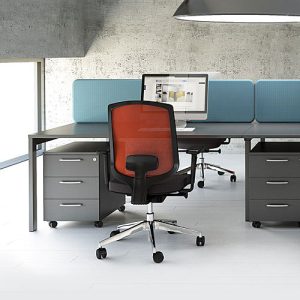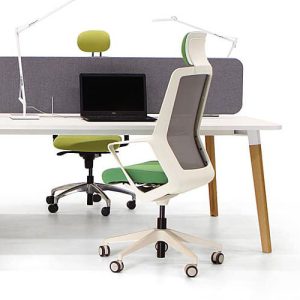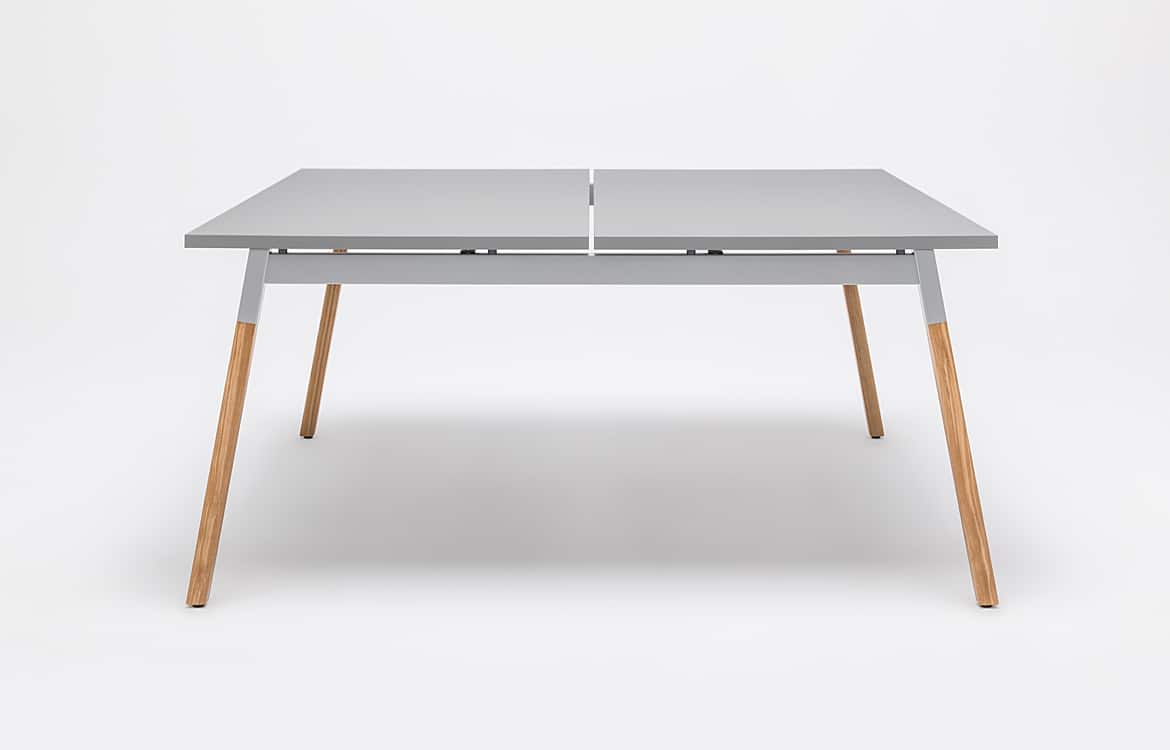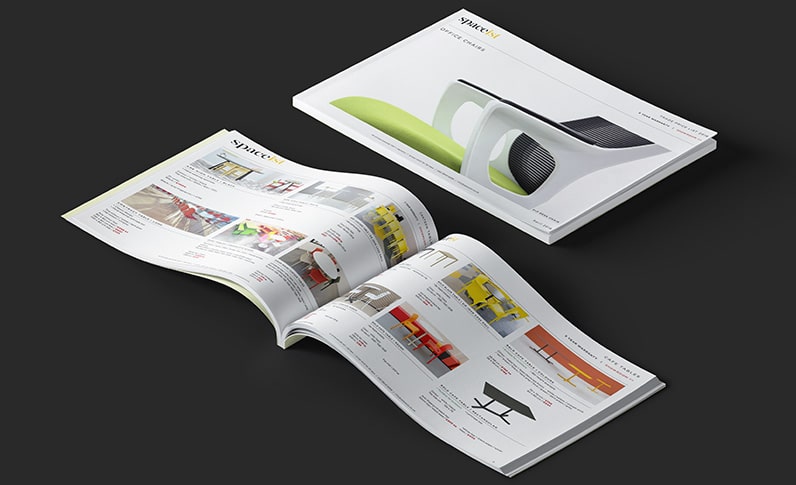How important is a workplace environment for productivity?
The workplace environment has a huge impact on productivity, mentally and physically, and the same is true of all commercial spaces where people spend long periods of time. It’s well known that a window with a view of greenery improves outcomes for hospital patients and some studies have shown that this effect can even be replicated by simply hanging pictures of trees and green spaces on the walls.
Consider the overall health of your office environment including the following three key points:
1. Temperature:
Is the office temperature constant? Are there hotspots and coldspots? Nobody performs well in a stuffy atmosphere or when they are too cold. There are many physical reasons why people perform best at regulated temperatures and with good ventilation, especially in jobs with limited movement opportunities.
- The temperature and the overall ventilation of the office should be suitable for the majority
2. Noise:
The curse of the open-plan office, increased noise levels can be extremely distracting. Conversely, an office that is too quiet may make people uncomfortable and even stop them from speaking out or collaborating effectively. Design your office furniture layouts with noise levels and privacy in mind.
- Use solutions like acoustics screens and acoustic panels and furniture to control noise in open-plan offices.
3. Lighting:
Harsh lighting doesn’t put people at ease, while lighting that is not bright enough may lead to problems with reading and safe movement through the space. Modern, energy-efficient LED systems allow you to choose the exact intensity of light ‘colour’ and brightness required.
- Ensure each area of the office area has suitable lighting coverage and offer shade at windows as required.


